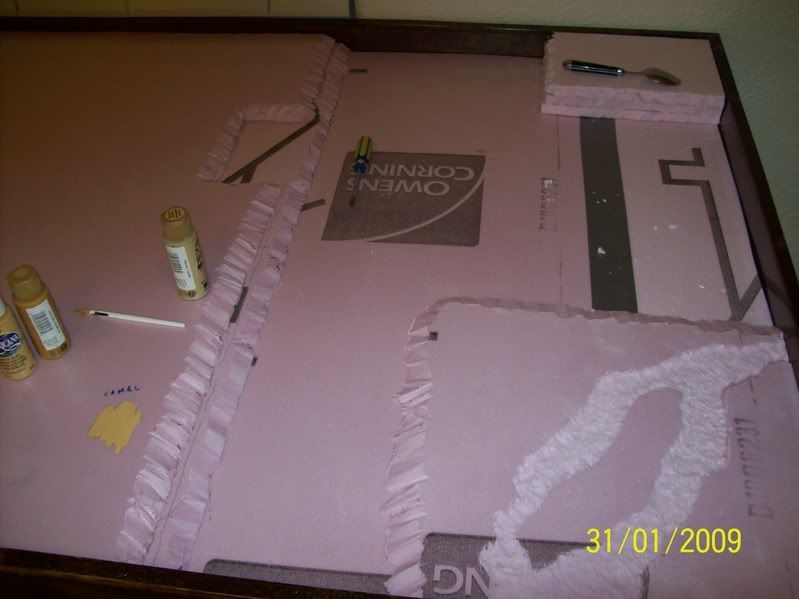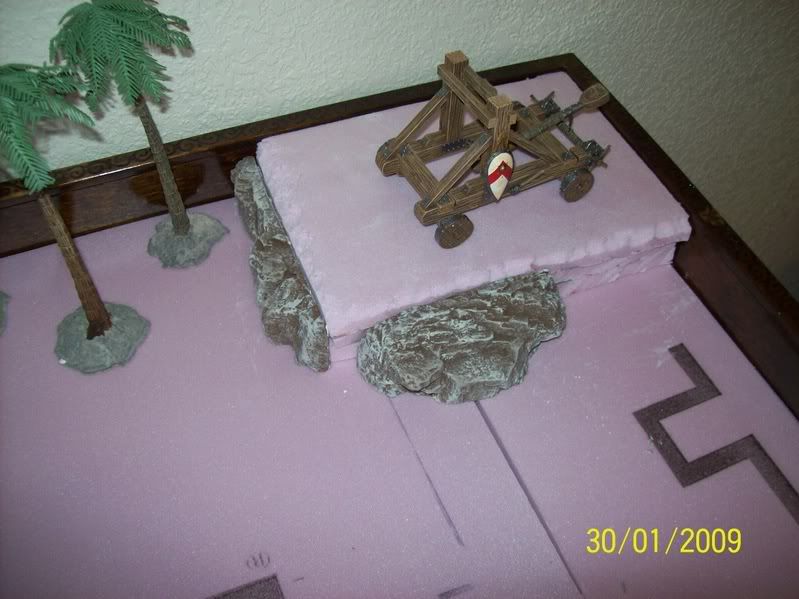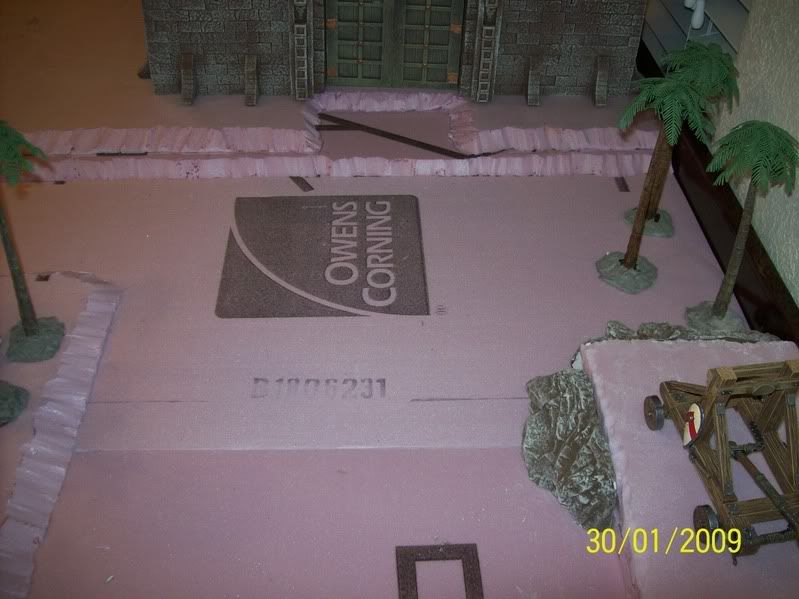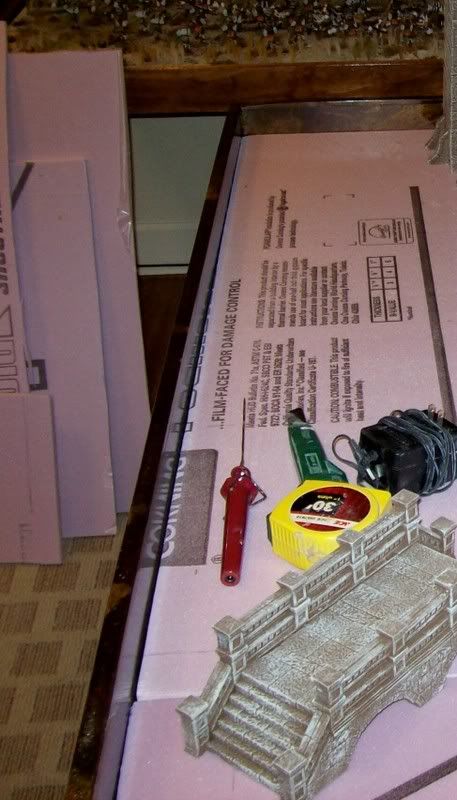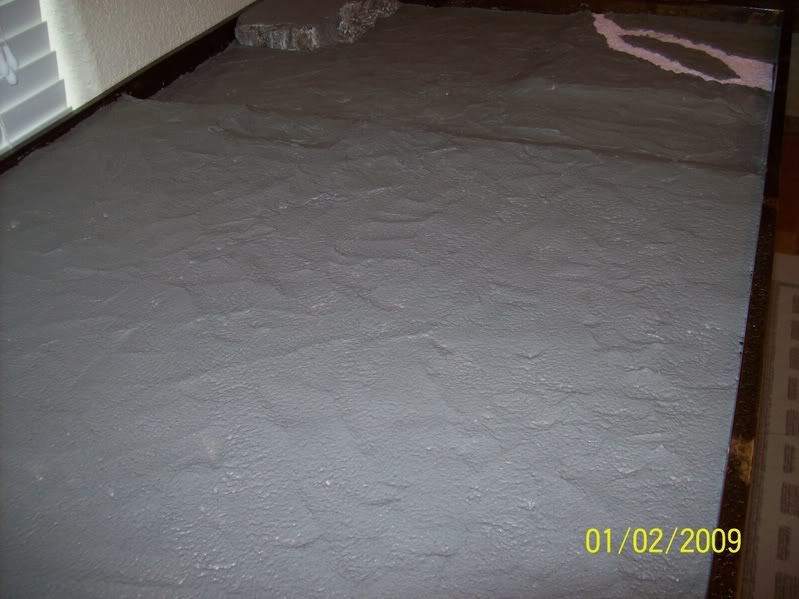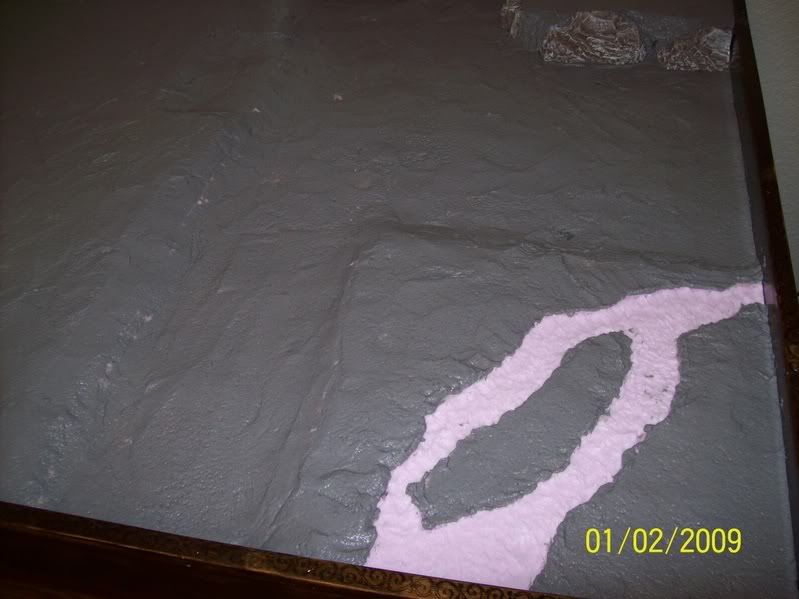theBaron
Major
- Joined
- Mar 27, 2008
- Messages
- 10,523
Outstanding, Mike! Way to stick with it, too! The results are fantastic.
I have a question, and I may have missed this: What kind of glue are you using to attach the plaster pieces together?
Also, for the joints on the pieces you rejected, do you think it would be possible to putty those seams with something like Elmer's wood putty, or maybe even a slurry of your casting plaster? Or does your batch make so many pieces, that it's not worth it to try to use up the rejects, too?
After seeing how beautifully your stones turn out, I'm ashamed to think that after your first post, about the materials you tried, I was going to post and ask if you tried spackle on wood, like luan plywood That's an old technique for making textured walls, too, but I don't know that it would wear as well, in this application. You really need something robust, that can take dismantling, setting up, and moving.
That's an old technique for making textured walls, too, but I don't know that it would wear as well, in this application. You really need something robust, that can take dismantling, setting up, and moving.
Really, really outstanding work, thanks for sharing it!
Prost!
Brad
I have a question, and I may have missed this: What kind of glue are you using to attach the plaster pieces together?
Also, for the joints on the pieces you rejected, do you think it would be possible to putty those seams with something like Elmer's wood putty, or maybe even a slurry of your casting plaster? Or does your batch make so many pieces, that it's not worth it to try to use up the rejects, too?
After seeing how beautifully your stones turn out, I'm ashamed to think that after your first post, about the materials you tried, I was going to post and ask if you tried spackle on wood, like luan plywood
Really, really outstanding work, thanks for sharing it!
Prost!
Brad






